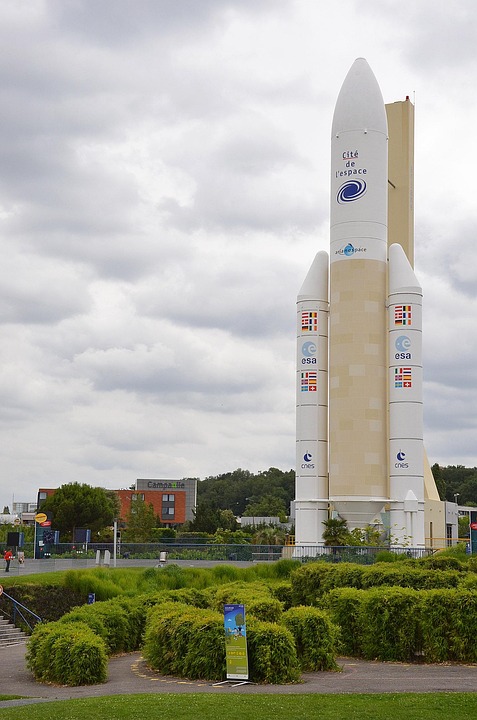The Gaming Metaverse and Virtual Events: A New Era of Digital Interaction
In recent years, the concept of the metaverse has transitioned from science fiction to a tangible frontier of innovation, promising a future where the digital and physical worlds converge. At the heart of this revolution lies the gaming metaverse, a dynamic ecosystem where players can interact, create, and experience immersive environments. As the metaverse evolves, it is reshaping how we engage with virtual events, offering unprecedented opportunities for connection, creativity, and commerce. This article explores the intersection of gaming and virtual events within the metaverse, their transformative potential, and the challenges that lie ahead.
What is the Gaming Metaverse?
The gaming metaverse refers to a persistent, interconnected virtual space where users can explore, socialize, and participate in shared experiences through games. Unlike traditional video games, which are often isolated or time-limited, the metaverse is a 3D, real-time digital world that exists continuously, allowing users to carry avatars, assets, and identities across different platforms. It is powered by technologies like virtual reality (VR), augmented reality (AR), blockchain, and artificial intelligence (AI), creating a seamless blend of reality and digital interaction.
Key examples include platforms like Fortnite, Roblox, VRChat, and Minecraft, which have already laid the groundwork for metaverse-like experiences. These games enable users to build virtual worlds, attend events, and even engage in economic activities, making them foundational to the broader metaverse vision.
The Evolution of Virtual Events
Virtual events have come a long way since the early days of webinars and Zoom meetings. The global shift to remote work and social distancing during the pandemic accelerated their adoption, but the gaming metaverse is now taking them to the next level.
Traditional virtual events are often confined to two-dimensional screens, limiting interaction and engagement. In contrast, metaverse-based events leverage immersive 3D environments, enabling attendees to explore virtual venues, interact with others through avatars, and participate in real-time activities. From virtual concerts to business conferences, these events are redefining how we connect, offering a sense of presence and community that was previously unattainable online.
Integration of Gaming and Virtual Events
Gaming platforms are uniquely positioned to host virtual events due to their interactive nature and built-in social infrastructure. For instance:
- Fortnite hosted a virtual concert by Travis Scott in 2020, drawing over 12 million attendees. This event showcased how games can transcend entertainment to become hubs for cultural experiences.
- Roblox has become a popular venue for virtual fashion shows, educational workshops, and even political discussions, proving its versatility.
- VRChat allows users to create and attend custom events, from art exhibitions to escape rooms, fostering creativity and peer-to-peer interaction.
These platforms are not just games; they are digital town squares where users can gather, collaborate, and engage in activities that mirror real-world events. Developers are increasingly designing games with event-specific features, such as customizable stages, audience interaction tools, and integrated marketplaces for virtual goods.
Benefits of Virtual Events in the Metaverse
- Global Accessibility: The metaverse eliminates geographical barriers, allowing participants from anywhere in the world to attend events without travel.
- Immersive Experiences: Users can explore virtual spaces, interact with 3D environments, and engage with others through avatars, creating a sense of "presence" that traditional events lack.
- Economic Opportunities: Virtual events can generate revenue through ticket sales, in-world purchases, and sponsorships. For example, NFT-based tickets and virtual merchandise have become lucrative for creators.
- Community Building: Persistent virtual worlds enable ongoing engagement, turning one-time events into recurring social or professional hubs.
- Sustainability: By reducing the need for physical travel, virtual events in the metaverse can lower carbon footprints and resource consumption.
Challenges and Considerations
Despite its potential, the gaming metaverse faces hurdles:
- Technical Barriers: High-quality VR/AR experiences require powerful hardware, which remains inaccessible for many.
- User Adoption: Not everyone is comfortable with or familiar with navigating 3D digital spaces.
- Privacy and Security: Virtual environments raise concerns about data protection, harassment, and cybersecurity.
- Content Creation: Hosting events in the metaverse demands robust tools for developers to design engaging spaces and experiences.
- Digital Divide: Economic disparities may limit access to advanced metaverse technologies, excluding certain demographics.
Additionally, the lack of standardization across platforms (e.g., Meta’s Horizon Worlds vs. Roblox) could fragment the user experience, making cross-platform events difficult.
The Future of the Gaming Metaverse and Virtual Events
The future of the metaverse and virtual events is poised for growth, driven by advancements in AI, 5G connectivity, and blockchain technology. For instance:
- AI Avatars: Enhanced AI could allow personalized interactions, such as virtual hosts or real-time translation for global audiences.
- Cross-Platform Integration: Efforts to create interoperable standards (e.g., Open Metaverse Collaboration) may enable users to move between different virtual spaces seamlessly.
- Augmented Reality Expansion: AR could bridge the gap between physical and digital events, allowing hybrid experiences where users interact with virtual elements in real-world settings.
- New Industries: Beyond gaming, the metaverse could revolutionize education, healthcare, and retail through virtual events, such as remote surgeries, virtual classrooms, or shopping experiences.
Companies like Meta, NVIDIA’s Omniverse, and Epic Games are investing heavily in this space, signaling a shift toward a more interconnected digital future.
Conclusion
The gaming metaverse is not just about playing games—it’s about reimagining how we connect, collaborate, and create in digital spaces. Virtual events within this ecosystem are breaking down barriers, offering richer experiences than ever before. While challenges remain, the potential for the metaverse to become a cornerstone of global interaction is immense. As technology advances and adoption grows, the line between the physical and digital worlds will blur further, opening new horizons for creativity, community, and commerce. Whether you’re a gamer, a professional, or a casual user, the metaverse promises to redefine the way we engage with the world—virtually and beyond.
Final Thought: The metaverse is not a distant dream but a rapidly evolving reality. Virtual events are its first stepping stones, and the gaming industry is leading the charge in building this immersive future. As we navigate this new landscape, the key will be balancing innovation with inclusivity, ensuring that the metaverse serves as a bridge for all, not a gatekeeper for the few.






